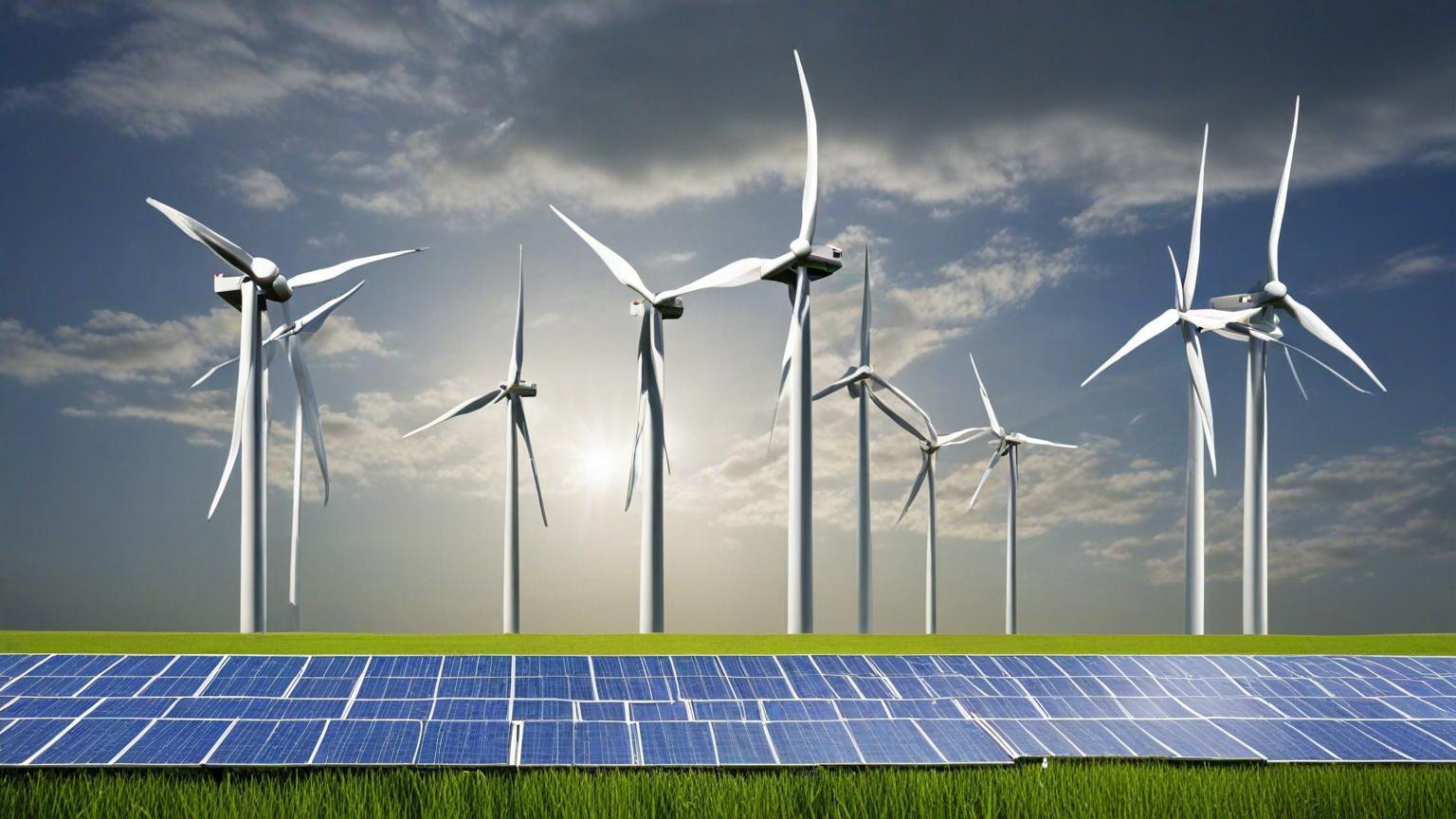The global shift toward renewable energy is often lauded as a critical step in combating climate change and achieving sustainable development goals. However, beneath the surface of this well-intentioned movement, lies a web of unexpected consequences that merit a deeper investigation. As governments and corporations race to replace fossil fuels with cleaner alternatives, they sometimes overlook the hidden economic, environmental, and social costs associated with renewable energy technologies.
One of the primary concerns lies in the economic implications of transitioning to renewable energy sources. While wind, solar, and hydropower offer long-term savings and reduce dependency on imported fuels, the initial costs are significantly higher compared to traditional energy systems. The expense of constructing solar farms or wind turbines, coupled with the necessity for new infrastructure for energy storage and grid adaptation, often burdens local economies and taxpayers.
Furthermore, the intermittent nature of renewable energy necessitates investment in advanced storage solutions such as lithium-ion batteries, which remain costly and environmentally problematic due to the mineral extraction processes involved. This necessity adds layers of complexity and expense that can slow the pace of adoption.
On the environmental front, the narrative surrounding renewables as completely harmless is somewhat misleading. The production of solar panels, for instance, involves significant energy consumption and the use of hazardous materials, leading to potential pollution issues and waste management challenges. Wind turbines, while emission-free in operation, pose threats to wildlife such as birds and bats, and their large structures can alter natural landscapes.
In addition to these concerns, the social impact of renewable energy projects cannot be ignored. Large-scale installations often necessitate land acquisition, which can displace communities, disrupt traditional land use, and spark conflicts among local populations. Moreover, the concentration of renewable resources in certain geographic areas may exacerbate regional inequalities as economic benefits are unevenly distributed.
Policymakers face the daunting task of balancing the undeniable need for cleaner energy with these underlying challenges. One promising avenue is the development of more inclusive and comprehensive energy policies that integrate local stakeholders in the planning and decision-making processes. By doing so, communities can share in the economic benefits and contribute local knowledge to mitigate environmental and social impacts.
Technological advancements hold the key to overcoming many obstacles. As research into novel materials and energy storage solutions progresses, costs are expected to decrease, potentially alleviating some of the economic burdens. Innovations in wildlife protection technologies and better recycling methods for renewable energy components also promise to diminish environmental damage.
Educating the public about the complex realities of renewable energy is vital. The idealized vision of an entirely green and impact-free world is unrealistic, but by acknowledging and addressing the hidden costs, society can embark on a more informed and equitable transition.
In conclusion, while the shift to renewable energy is an essential component of a sustainable future, it is imperative to consider the broader picture. The hidden costs — economic, environmental, and social — must be fully understood and addressed to ensure a successful transition. It is only through a holistic approach, embracing innovation, inclusivity, and education, that the promise of renewable energy can be truly realized for all.
The hidden costs of renewable energy adoption

